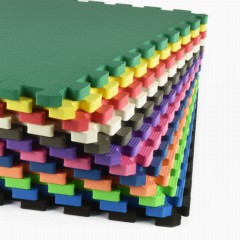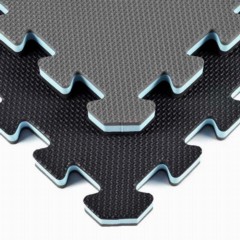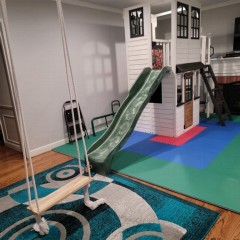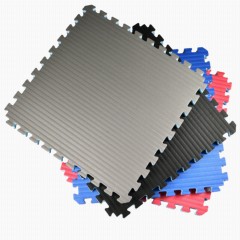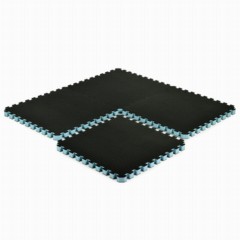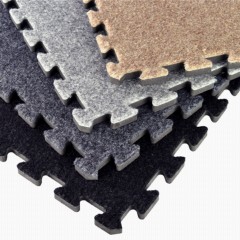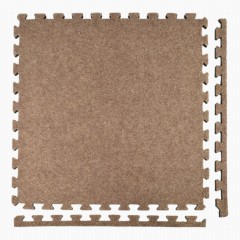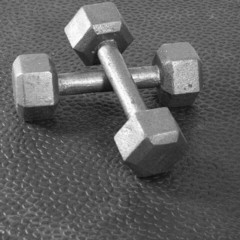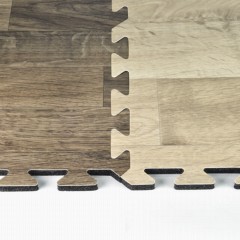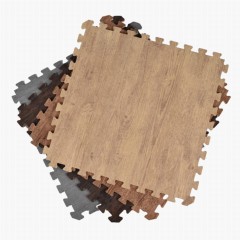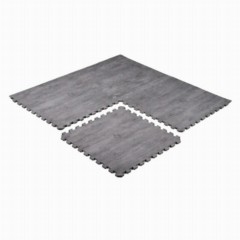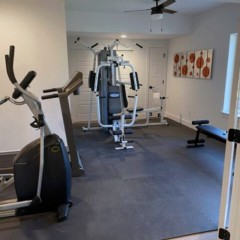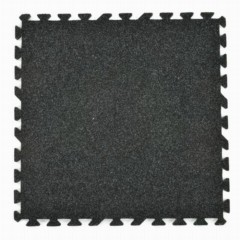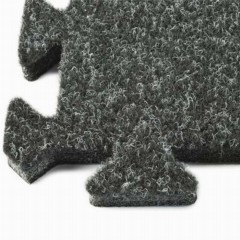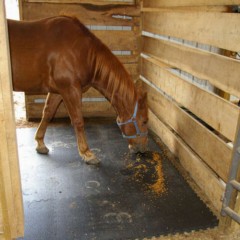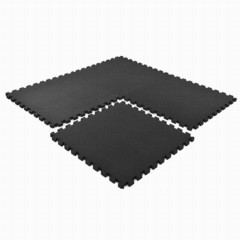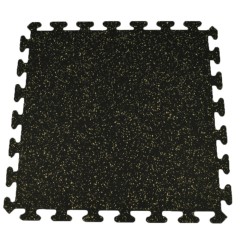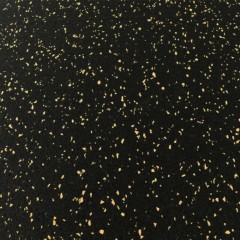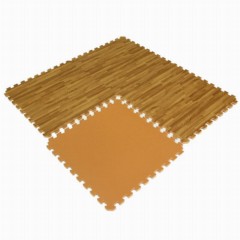2x2 ft. Foam Tiles (24x24 in.)
-
$649 /Tile You Save 41%$1.67/sqftShips Out in 1-3 Working Days Free ShippingShop$725 /Tile You Save 39%$1.87/sqftShips Out in 1-3 Working Days SustainableShop$1298 /Tile You Save 43%$3.35/sqftShips Out in 1-3 Working Days SustainableShop$1124 /Tile You Save 39%$2.90/sqftShips Out in 1-3 Working Days Free ShippingShop$749 /Tile You Save 43%$1.93/sqftShips Out in 1-3 Working DaysShop$3314 /Tile You Save 19%$8.54/sqftShips Out in 7-10 Working DaysShop
AquaTile Aquatic Flooring 3/8 Inch x 2x2 Ft.
•9 Selects$4588 /Tile You Save 20%$11.47/sqftShips Out in 1-3 Working DaysShop$3028 /Each You Save 20%$7.80/sqftShips Out in 4-6 Working DaysShop $549 /Tile You Save 46%$1.41/sqftShips Out in 1-3 Working Days Free ShippingShop$635 /Tile You Save 38%$1.64/sqftShips Out in 1-3 Working Days Free ShippingShop$1994 /Tile You Save 20%$5.14/sqftShips Out in 4-6 Working DaysShop$798 /Tile You Save 38%$2.06/sqftShips Out in 1-3 Working DaysShop$1638 /Tile You Save 20%$4.22/sqftShips Out in 1-3 Working Days SustainableShop$725 /Tile You Save 34%$1.87/sqftShips Out in 1-3 Working Days Free ShippingShop$798 /Tile You Save 34%$2.06/sqftShips Out in 1-3 Working Days Free ShippingShop$3922 /Tile You Save 19%$10.11/sqftShips Out in 7-10 Working DaysShop$4530 /Tile You Save 19%$11.68/sqftShips Out in 7-10 Working DaysShop
$549 /Tile You Save 46%$1.41/sqftShips Out in 1-3 Working Days Free ShippingShop$635 /Tile You Save 38%$1.64/sqftShips Out in 1-3 Working Days Free ShippingShop$1994 /Tile You Save 20%$5.14/sqftShips Out in 4-6 Working DaysShop$798 /Tile You Save 38%$2.06/sqftShips Out in 1-3 Working DaysShop$1638 /Tile You Save 20%$4.22/sqftShips Out in 1-3 Working Days SustainableShop$725 /Tile You Save 34%$1.87/sqftShips Out in 1-3 Working Days Free ShippingShop$798 /Tile You Save 34%$2.06/sqftShips Out in 1-3 Working Days Free ShippingShop$3922 /Tile You Save 19%$10.11/sqftShips Out in 7-10 Working DaysShop$4530 /Tile You Save 19%$11.68/sqftShips Out in 7-10 Working DaysShop
1
